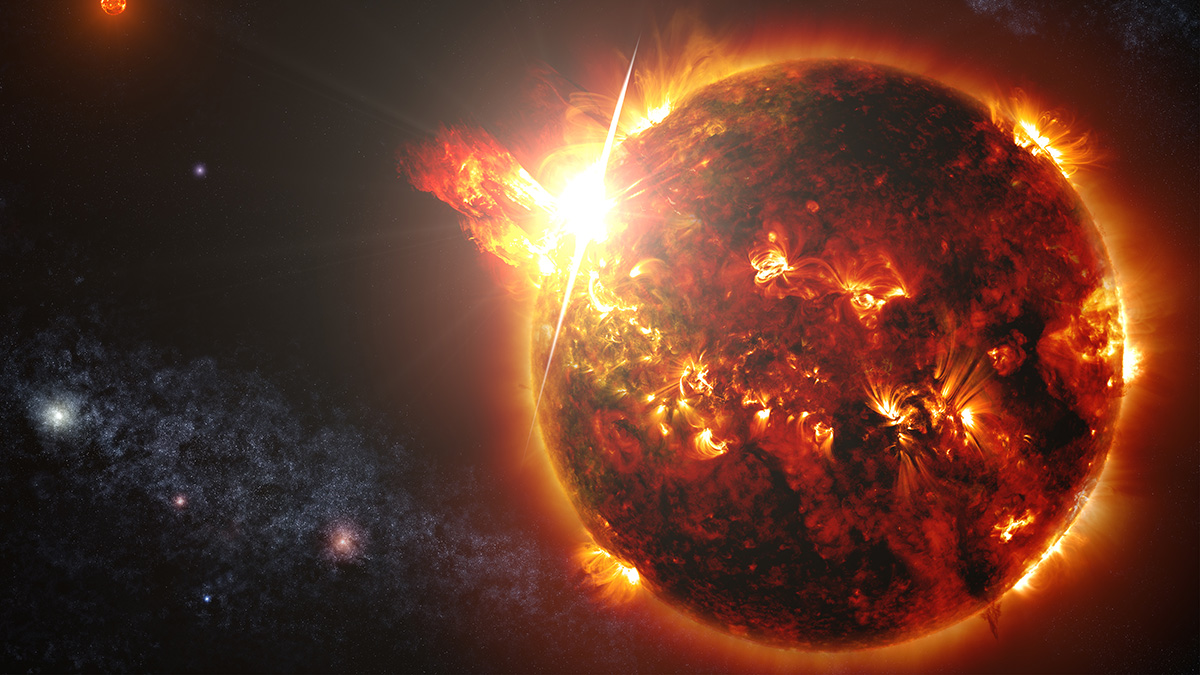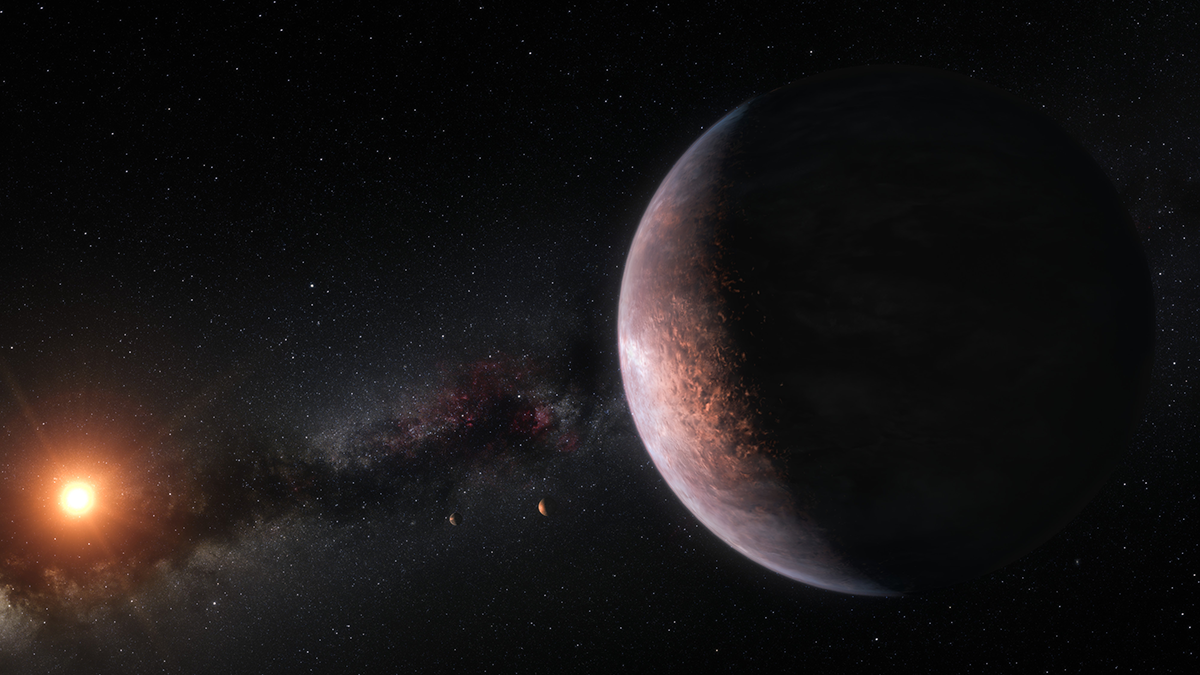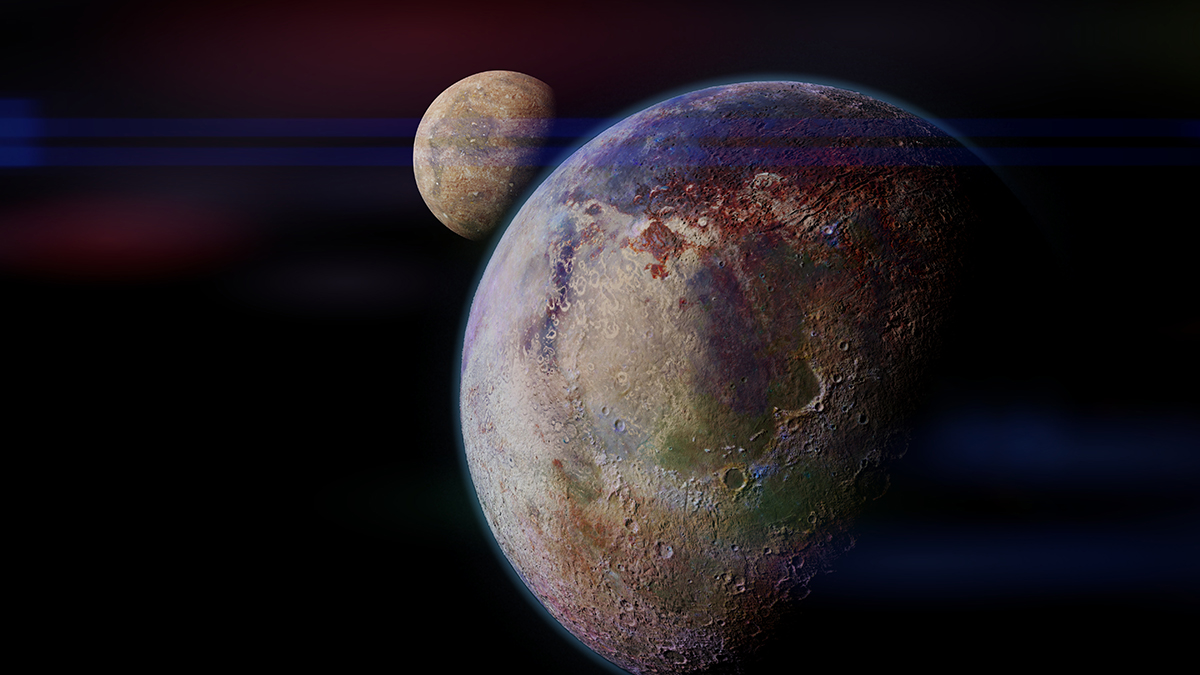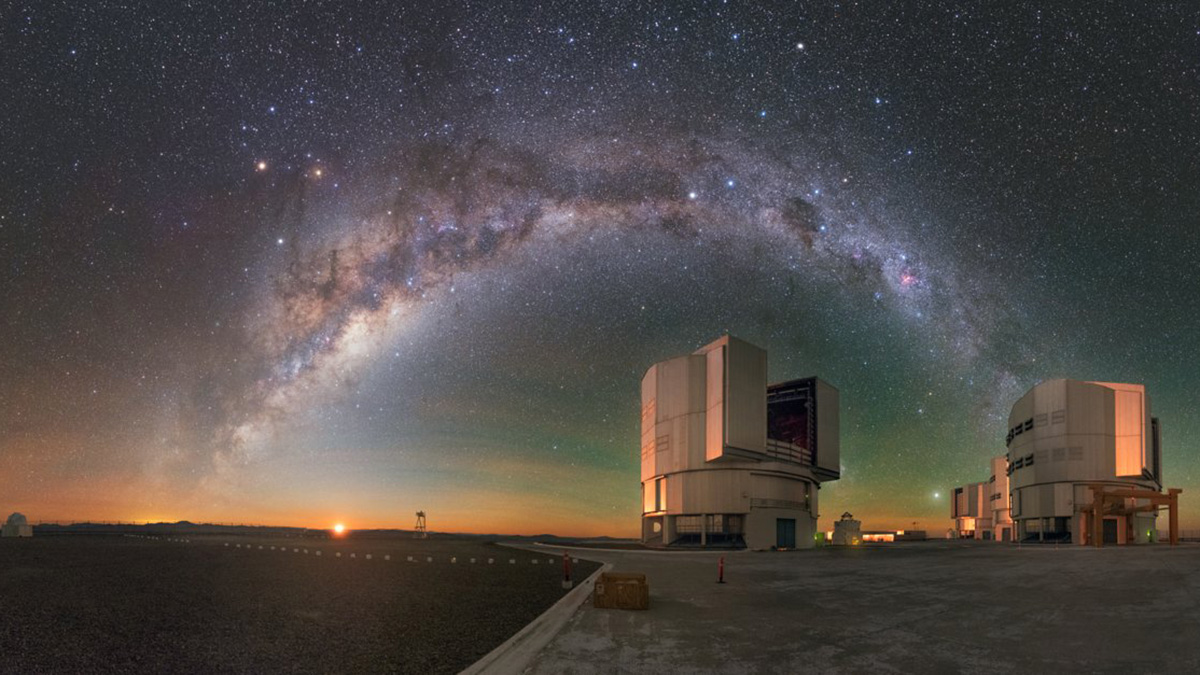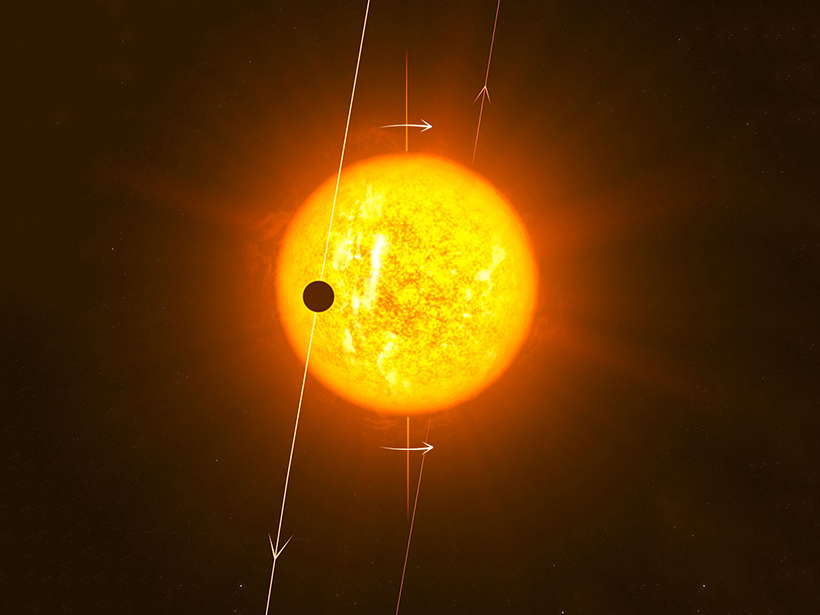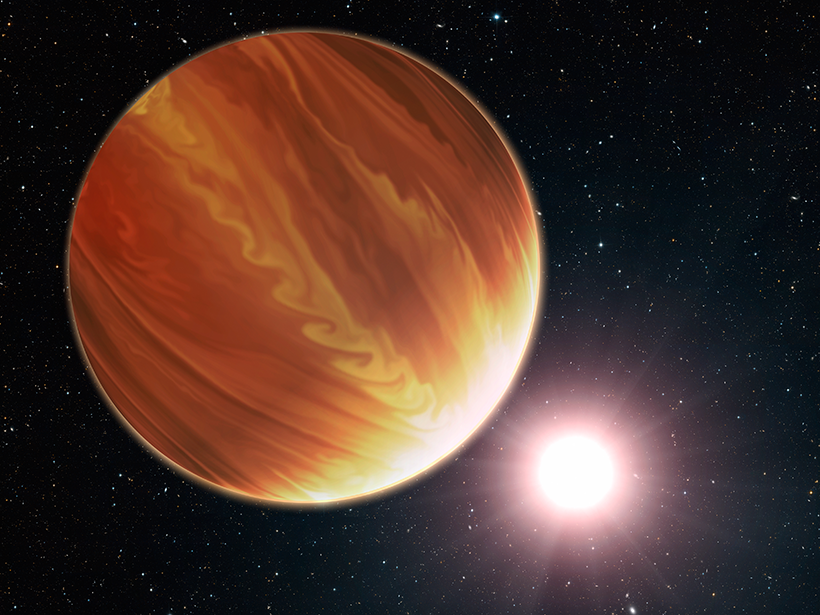Five galaxies, two nebulae, an exoplanet, and the early universe—JWST’s first images provide a cross section of the science yet to come.
exoplanets
Coronal Dimmings Shine Light on Stellar CMEs
Coronal mass ejections from stars have eluded easy observation, so scientists are looking at what’s left behind.
Giant Planet’s Formation Caught in Action
Astronomers took a direct image of a massive protoplanet embedded in a protoplanetary disk. The system provides strong evidence for an as-yet-unconfirmed theory of planet formation.
At-Home Astronomers Help Discover a New, Unique Exoplanet
Amateur astronomers sifting through NASA’s public data uncovered a long-orbit gas giant that could help scientists understand how these planets form.
Tidally Locked and Loaded with Questions
Tidally locked planets always present the same face to their host stars. What does this mean for their potential to support life?
To Make a Big Moon, Start with a Small Planet
Why is our Moon so massive compared with Earth, and how might that configuration happen elsewhere?
Five Reasons Geoscience Should Care About Astronomy’s New Road Map
The latest road map to U.S. astronomy’s next decade recommends a smaller space telescope, ground-based facilities, and an institutional effort to create an inclusive and equitable field.
Where Moons Are Made
The young, growing planet PDS 70 c has enough material swirling around it to make at least three Moon-sized moons.
Peculiar Planets Prefer Perpendicular Paths
Some exoplanets orbit their stars from pole to pole instead of across the equator. Why do they do that?
Oddballs of the Exoplanet Realm
The list of planets in other star systems includes zombies, hot giants, puffballs, and even a few Tatooines. Zowie!


